- 23
- Mar
लिथियम बैटरी की क्षमता क्यों कम हो जाती है, किसी ने आखिरकार संक्षेप में बताया
निकल-कैडमियम और निकल-हाइड्रोजन बैटरी के बाद लिथियम-आयन बैटरी सबसे तेजी से बढ़ने वाली माध्यमिक बैटरी हैं। इसके उच्च-ऊर्जा गुण इसके भविष्य को उज्ज्वल बनाते हैं। हालांकि, लिथियम-आयन बैटरी सही नहीं हैं, और उनकी सबसे बड़ी समस्या उनके चार्ज-डिस्चार्ज चक्रों की स्थिरता है। यह पेपर ओवरचार्ज, इलेक्ट्रोलाइट अपघटन और स्व-निर्वहन सहित ली-आयन बैटरी की क्षमता लुप्त होने के संभावित कारणों का सारांश और विश्लेषण करता है।
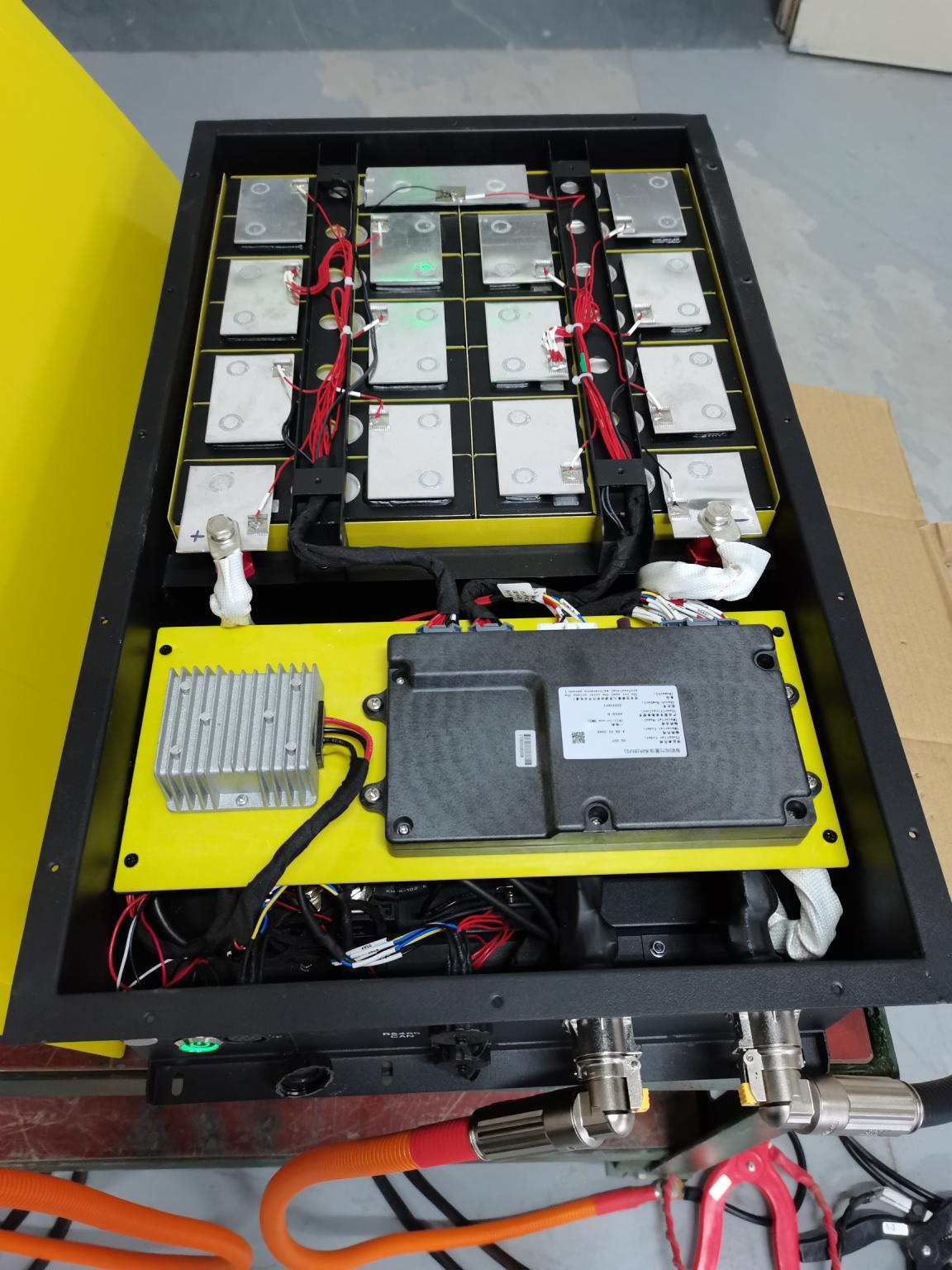
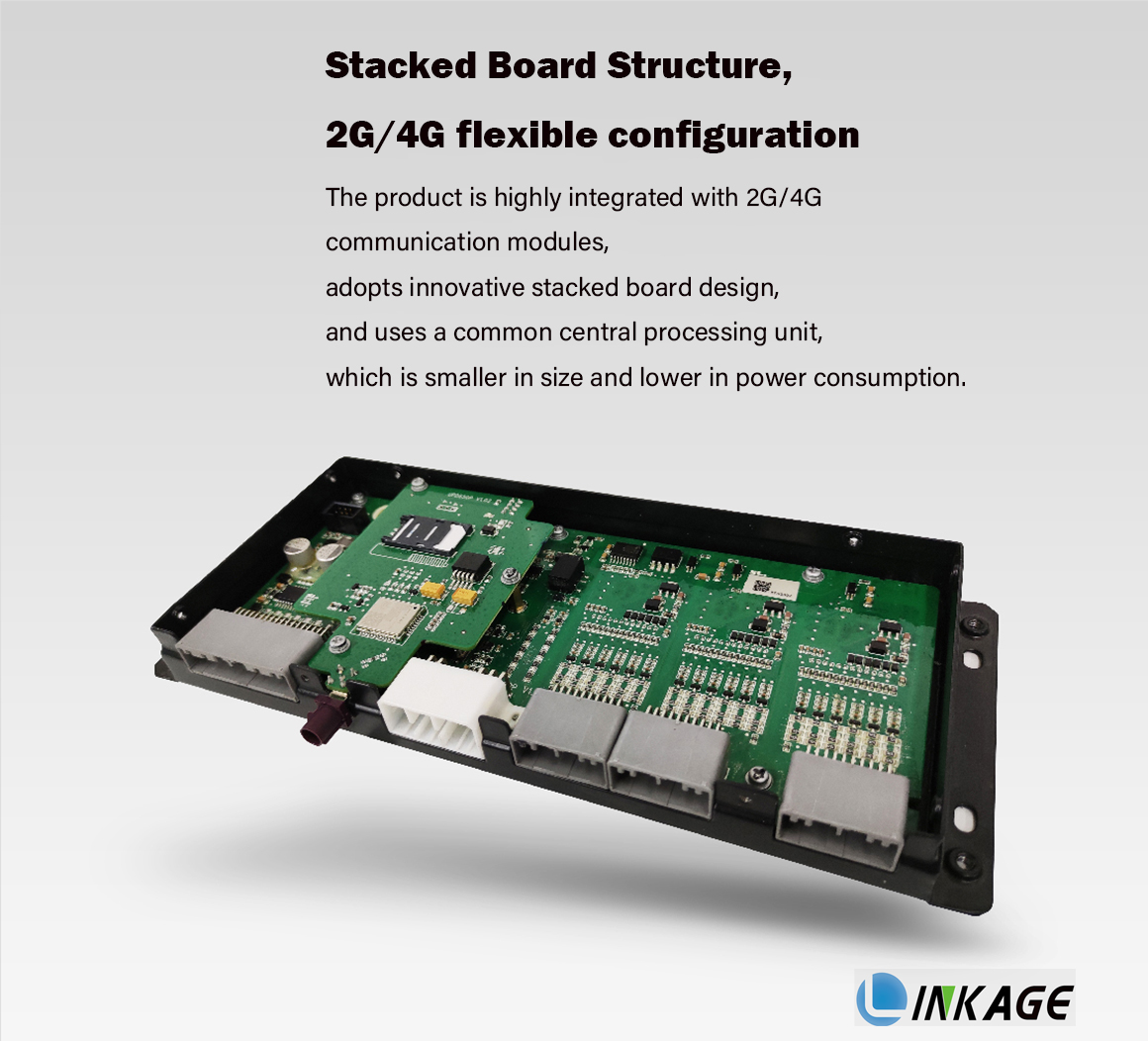
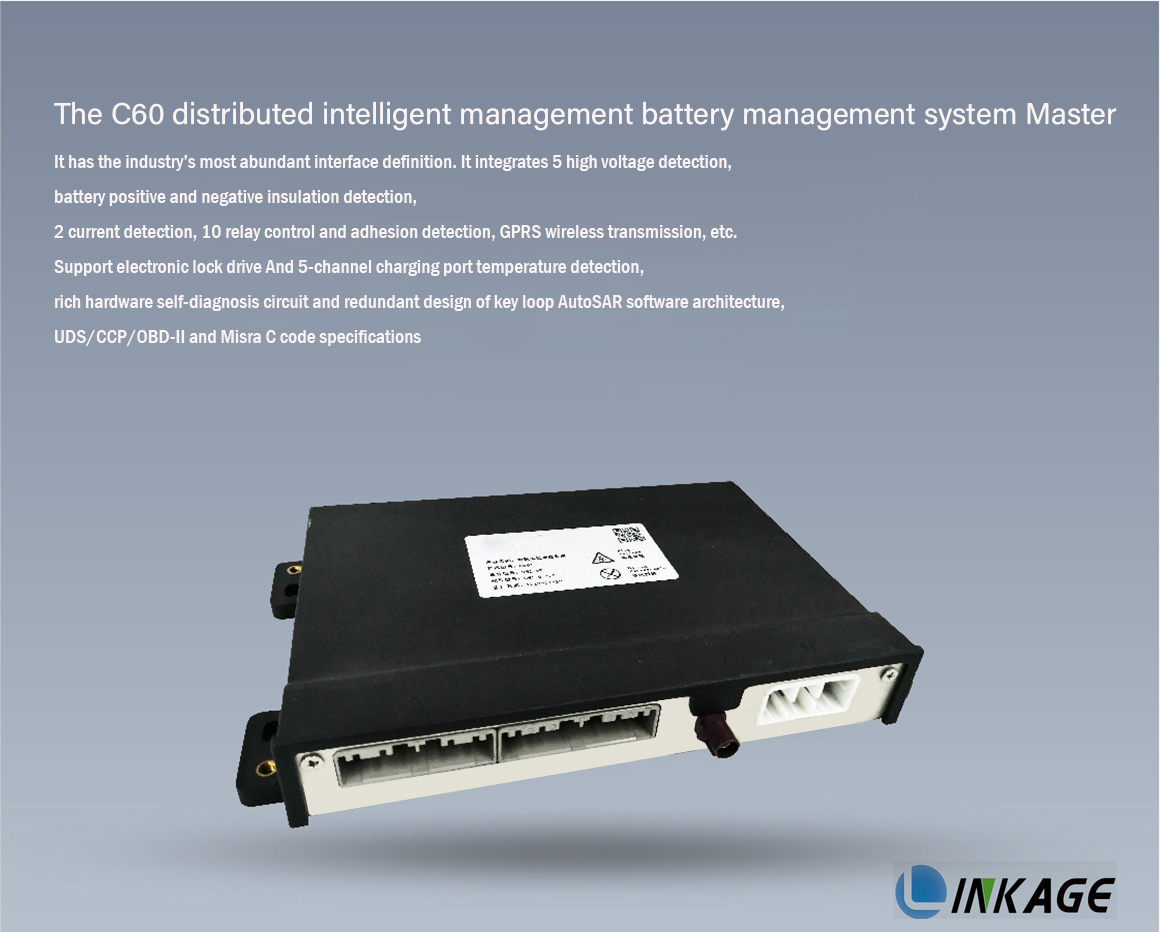
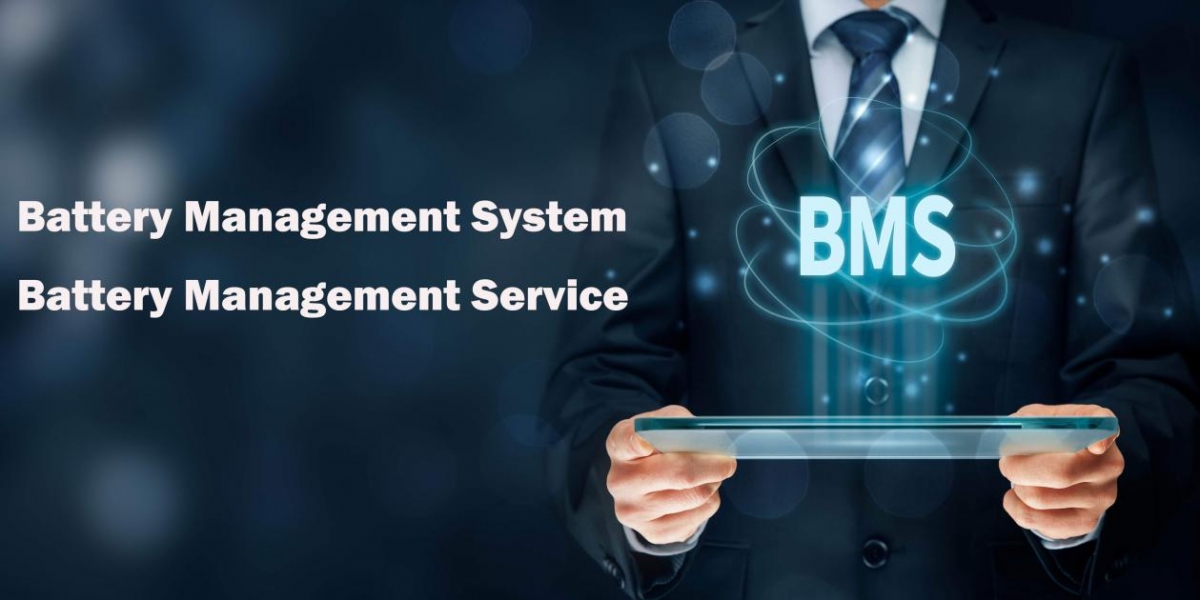
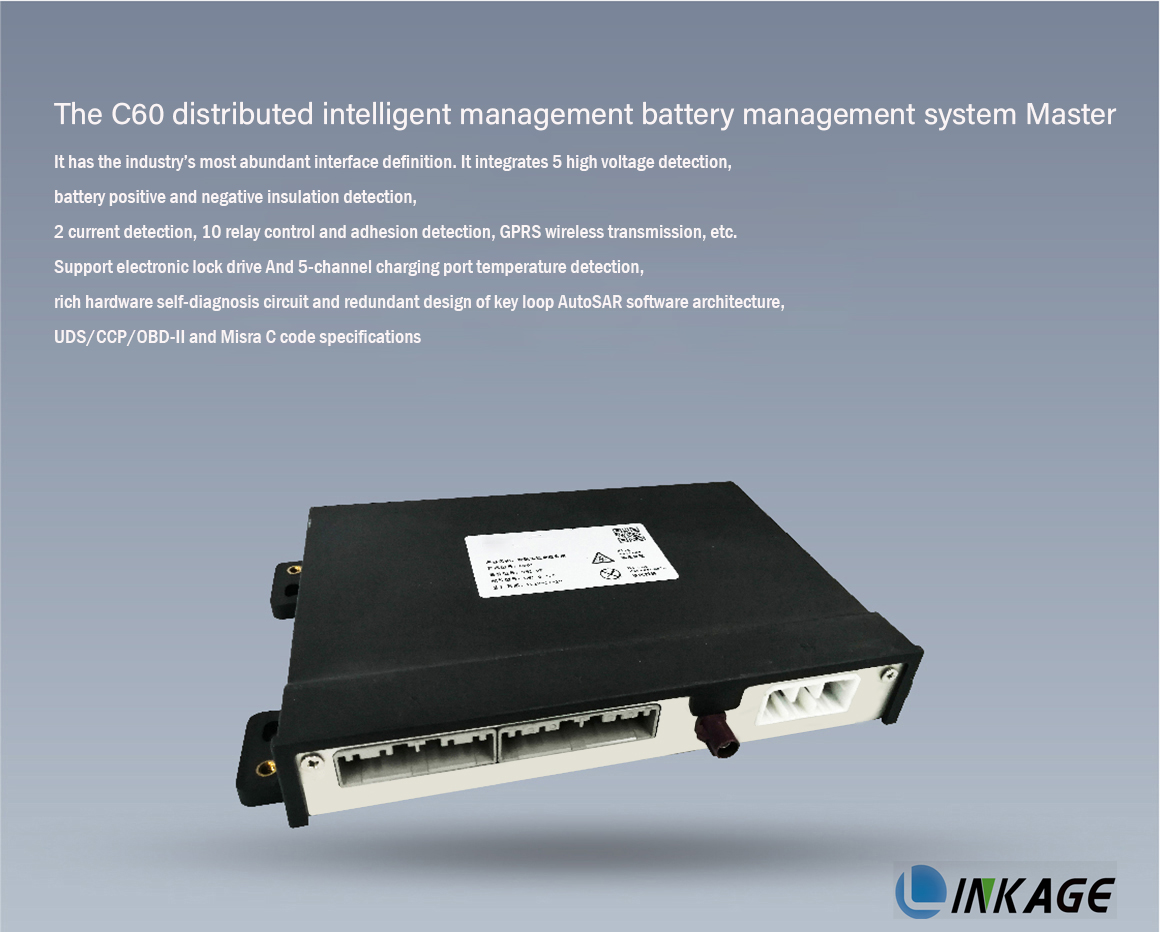
जब दो इलेक्ट्रोड के बीच अंतर्संबंध प्रतिक्रियाएं होती हैं, तो लिथियम-आयन बैटरी में अलग-अलग अंतःक्रियात्मक ऊर्जा होती है, और बैटरी का सर्वश्रेष्ठ प्रदर्शन प्राप्त करने के लिए, दो मेजबान इलेक्ट्रोड के क्षमता अनुपात को संतुलित मूल्य बनाए रखना चाहिए।
In lithium-ion batteries, the capacity balance is expressed as the mass ratio of the positive electrode to the negative electrode,
That is: γ=m+/m-=ΔxC-/ΔyC+
उपरोक्त सूत्र में, सी इलेक्ट्रोड की सैद्धांतिक कूलम्बिक क्षमता को संदर्भित करता है, और Δx और Δy क्रमशः नकारात्मक इलेक्ट्रोड और सकारात्मक इलेक्ट्रोड में एम्बेडेड लिथियम आयनों की स्टोइकोमेट्रिक संख्या को संदर्भित करता है। उपरोक्त सूत्र से यह देखा जा सकता है कि दो ध्रुवों का आवश्यक द्रव्यमान अनुपात दो ध्रुवों की संबंधित कूलम्ब क्षमता और उनके संबंधित प्रतिवर्ती लिथियम आयनों की संख्या पर निर्भर करता है।
चित्र
सामान्यतया, एक छोटा द्रव्यमान अनुपात नकारात्मक इलेक्ट्रोड सामग्री के अपूर्ण उपयोग की ओर ले जाता है; एक बड़ा द्रव्यमान अनुपात नकारात्मक इलेक्ट्रोड के अधिभार के कारण सुरक्षा खतरे का कारण बन सकता है। संक्षेप में, अनुकूलित द्रव्यमान अनुपात पर, बैटरी का प्रदर्शन सबसे अच्छा है।
एक आदर्श ली-आयन बैटरी प्रणाली के लिए, क्षमता संतुलन अपने चक्र के दौरान नहीं बदलता है, और प्रत्येक चक्र में प्रारंभिक क्षमता एक निश्चित मूल्य है, लेकिन वास्तविक स्थिति बहुत अधिक जटिल है। कोई भी पक्ष प्रतिक्रिया जो लिथियम आयनों या इलेक्ट्रॉनों को उत्पन्न या उपभोग कर सकती है, बैटरी क्षमता संतुलन में बदलाव ला सकती है। एक बार जब बैटरी की क्षमता संतुलन स्थिति बदल जाती है, तो यह परिवर्तन अपरिवर्तनीय होता है और इसे कई चक्रों के माध्यम से जमा किया जा सकता है, जिसके परिणामस्वरूप बैटरी का प्रदर्शन होता है। गंभीर प्रभाव। लिथियम-आयन बैटरियों में, रेडॉक्स प्रतिक्रियाओं के अलावा, जब लिथियम आयनों को विसंक्रमित किया जाता है, तो बड़ी संख्या में साइड रिएक्शन भी होते हैं, जैसे इलेक्ट्रोलाइट अपघटन, सक्रिय सामग्री विघटन और धातु लिथियम जमाव।
कारण 1: ओवरचार्जिंग
1. ग्रेफाइट नकारात्मक इलेक्ट्रोड की अधिभार प्रतिक्रिया:
When the battery is overcharged, lithium ions are easily reduced and deposited on the surface of the negative electrode:
चित्र
जमा लिथियम लिथियम के अंतर्संबंध को अवरुद्ध करते हुए नकारात्मक इलेक्ट्रोड सतह को कोट करता है। इसके परिणामस्वरूप कम निर्वहन दक्षता और क्षमता हानि होती है:
पुनर्नवीनीकरण लिथियम की मात्रा कम करें;
जमा धातु लिथियम Li2CO3, LiF या अन्य उत्पादों को बनाने के लिए विलायक या सहायक इलेक्ट्रोलाइट के साथ प्रतिक्रिया करता है;
③ Metal lithium is usually formed between the negative electrode and the separator, which may block the pores of the separator and increase the internal resistance of the battery;
लिथियम की बहुत सक्रिय प्रकृति के कारण, इलेक्ट्रोलाइट के साथ प्रतिक्रिया करना और इलेक्ट्रोलाइट का उपभोग करना आसान है, जिसके परिणामस्वरूप निर्वहन दक्षता में कमी और क्षमता का नुकसान होता है।
Fast charging, the current density is too large, the negative electrode is severely polarized, and the deposition of lithium will be more obvious. This is likely to occur when the positive electrode active material is excessive relative to the negative electrode active material. However, in the case of a high charging rate, deposition of metallic lithium may occur even if the ratio of positive and negative active materials is normal.
2. Positive electrode overcharge reaction
When the ratio of positive electrode active material to negative electrode active material is too low, positive electrode overcharge is likely to occur.
The capacity loss caused by overcharge of the positive electrode is mainly due to the generation of electrochemically inert substances (such as Co3O4, Mn2O3, etc.), which destroy the capacity balance between the electrodes, and the capacity loss is irreversible.
(1) LiyCoO2
LiyCoO2→(1-y)/3[Co3O4+O2(g)]+yLiCoO2 y<0.4
उसी समय, सीलबंद लिथियम-आयन बैटरी में सकारात्मक इलेक्ट्रोड सामग्री के अपघटन से उत्पन्न ऑक्सीजन एक ही समय में जमा हो जाती है क्योंकि कोई पुनर्संयोजन प्रतिक्रिया नहीं होती है (जैसे कि H2O की पीढ़ी) और अपघटन द्वारा उत्पन्न ज्वलनशील गैस इलेक्ट्रोलाइट के, और परिणाम अकल्पनीय होंगे।
(2) λ-MnO2
लिथियम-मैंगनीज प्रतिक्रिया तब होती है जब लिथियम-मैंगनीज ऑक्साइड पूरी तरह से विघटित हो जाता है: λ-MnO2→Mn2O3+O2(g)
3. ओवरचार्ज होने पर इलेक्ट्रोलाइट ऑक्सीकृत हो जाता है
जब दबाव 4.5V से अधिक होता है, तो इलेक्ट्रोलाइट को अघुलनशील (जैसे Li2Co3) और गैसों को उत्पन्न करने के लिए ऑक्सीकृत किया जाएगा। ये अघुलनशील इलेक्ट्रोड के माइक्रोप्रोर्स को अवरुद्ध कर देंगे और लिथियम आयनों के प्रवास में बाधा उत्पन्न करेंगे, जिसके परिणामस्वरूप साइकिल चलाने के दौरान क्षमता का नुकसान होगा।
ऑक्सीकरण की दर को प्रभावित करने वाले कारक:
सकारात्मक इलेक्ट्रोड सामग्री का सतह क्षेत्र
Current collector material
जोड़ा गया प्रवाहकीय एजेंट (कार्बन ब्लैक, आदि)
The type and surface area of carbon black
Among the more commonly used electrolytes, EC/DMC is considered to have the highest oxidation resistance. The electrochemical oxidation process of solution is generally expressed as: solution→oxidation product (gas, solution and solid matter)+ne-
The oxidation of any solvent will increase the electrolyte concentration, decrease the electrolyte stability, and ultimately affect the capacity of the battery. Assuming that a small amount of electrolyte is consumed each time it is charged, more electrolyte is required during battery assembly. For a constant container, this means that a smaller amount of active substance is loaded, which results in a decrease in the initial capacity. In addition, if a solid product is produced, a passivation film will be formed on the surface of the electrode, which will increase the polarization of the battery and reduce the output voltage of the battery.
Reason 2: Electrolyte decomposition (reduction)
I decompose on the electrode
1. The electrolyte is decomposed on the positive electrode:
The electrolyte consists of a solvent and a supporting electrolyte. After the cathode is decomposed, insoluble products such as Li2Co3 and LiF are usually formed, which reduce the battery capacity by blocking the pores of the electrode. The electrolyte reduction reaction will have an adverse effect on the capacity and cycle life of the battery. The gas generated by the reduction can increase the internal pressure of the battery, which can lead to safety problems.
सकारात्मक इलेक्ट्रोड अपघटन वोल्टेज आमतौर पर 4.5V (बनाम ली / ली +) से अधिक होता है, इसलिए वे सकारात्मक इलेक्ट्रोड पर आसानी से विघटित नहीं होते हैं। इसके विपरीत, नकारात्मक इलेक्ट्रोड पर इलेक्ट्रोलाइट अधिक आसानी से विघटित हो जाता है।
2. इलेक्ट्रोलाइट ऋणात्मक इलेक्ट्रोड पर विघटित होता है:
इलेक्ट्रोलाइट ग्रेफाइट और अन्य लिथियम-सम्मिलित कार्बन एनोड पर स्थिर नहीं है, और अपरिवर्तनीय क्षमता उत्पन्न करने के लिए प्रतिक्रिया करना आसान है। प्रारंभिक चार्ज और डिस्चार्ज के दौरान, इलेक्ट्रोलाइट का अपघटन इलेक्ट्रोड की सतह पर एक पैसिवेशन फिल्म बनाएगा, और पैशन फिल्म इलेक्ट्रोलाइट के आगे अपघटन को रोकने के लिए इलेक्ट्रोलाइट को कार्बन नकारात्मक इलेक्ट्रोड से अलग कर सकती है। इस प्रकार, कार्बन एनोड की संरचनात्मक स्थिरता बनी रहती है। आदर्श परिस्थितियों में, इलेक्ट्रोलाइट की कमी निष्क्रियता फिल्म निर्माण चरण तक सीमित है, और यह प्रक्रिया तब नहीं होती है जब चक्र स्थिर होता है।
निष्क्रियता फिल्म का गठन
The reduction of electrolyte salts participates in the formation of the passivation film, which is beneficial to the stabilization of the passivation film, but
(1) The insoluble matter produced by the reduction will have an adverse effect on the solvent reduction product;
(2) इलेक्ट्रोलाइट नमक कम होने पर इलेक्ट्रोलाइट की सांद्रता कम हो जाती है, जिससे अंततः बैटरी क्षमता का नुकसान होता है (LiPF6 को LiF, LixPF5-x, PF3O और PF3 बनाने के लिए कम किया जाता है);
(3) The formation of the passivation film consumes lithium ions, which will cause the capacity imbalance between the two electrodes to reduce the specific capacity of the entire battery.
(4) यदि पैसिवेशन फिल्म में दरारें हैं, तो सॉल्वेंट अणु पैसिवेशन फिल्म को भेद सकते हैं और मोटा कर सकते हैं, जो न केवल अधिक लिथियम की खपत करता है, बल्कि कार्बन सतह पर माइक्रोप्रोर्स को भी अवरुद्ध कर सकता है, जिसके परिणामस्वरूप लिथियम को सम्मिलित करने में असमर्थता होती है और निकाला गया। , जिसके परिणामस्वरूप अपरिवर्तनीय क्षमता हानि होती है। इलेक्ट्रोलाइट में कुछ अकार्बनिक एडिटिव्स जोड़ने से, जैसे कि CO2, N2O, CO, SO2, आदि, पैशन फिल्म के निर्माण में तेजी ला सकते हैं और विलायक के सह-सम्मिलन और अपघटन को रोक सकते हैं। क्राउन ईथर ऑर्गेनिक एडिटिव्स को जोड़ने का भी समान प्रभाव पड़ता है। 12 मुकुट और 4 पंख सबसे अच्छे हैं।
फिल्म क्षमता हानि के कारक:
(1) The type of carbon used in the process;
(2) Electrolyte composition;
(3) Additives in electrodes or electrolytes.
Blyr believes that the ion exchange reaction advances from the surface of the active material particle to its core, the new phase formed bury the original active material, and a passive film with low ionic and electronic conductivity is formed on the surface of the particle, so the spinel after storage Greater polarization than before storage.
Zhang found that the resistance of the surface passivation layer increased and the interfacial capacitance decreased with the increase of the number of cycles. It reflects that the thickness of the passivation layer increases with the number of cycles. The dissolution of manganese and the decomposition of the electrolyte lead to the formation of passivation films, and high temperature conditions are more conducive to the progress of these reactions. This will increase the contact resistance between the active material particles and the Li+ migration resistance, thereby increasing the polarization of the battery, incomplete charging and discharging, and reduced capacity.
II Reduction Mechanism of Electrolyte
The electrolyte often contains oxygen, water, carbon dioxide and other impurities, and redox reactions occur during the charging and discharging process of the battery.
इलेक्ट्रोलाइट की कमी तंत्र में तीन पहलू शामिल हैं: विलायक कमी, इलेक्ट्रोलाइट कमी और अशुद्धता में कमी:
1. विलायक कमी
The reduction of PC and EC includes one-electron reaction and two-electron reaction process, and the two-electron reaction forms Li2CO3:
Fong et al. believed that during the first discharge process, when the electrode potential was close to 0.8V (vs. Li/Li+), the electrochemical reaction of PC/EC occurred on graphite to generate CH=CHCH3(g)/CH2=CH2( g) and LiCO3(s), leading to irreversible capacity loss on graphite electrodes.
ऑरबैक एट अल। लिथियम धातु इलेक्ट्रोड और कार्बन-आधारित इलेक्ट्रोड पर विभिन्न इलेक्ट्रोलाइट्स के कमी तंत्र और उत्पादों पर व्यापक शोध किया, और पाया कि पीसी का एक-इलेक्ट्रॉन प्रतिक्रिया तंत्र ROCO2Li और प्रोपलीन का उत्पादन करता है। ROCO2Li पानी का पता लगाने के लिए बहुत संवेदनशील है। ट्रेस पानी की उपस्थिति में मुख्य उत्पाद Li2CO3 और प्रोपलीन हैं, लेकिन शुष्क परिस्थितियों में कोई Li2CO3 उत्पन्न नहीं होता है।
डीईसी की बहाली:
Ein-Eli Y reported that the electrolyte mixed with diethyl carbonate (DEC) and dimethyl carbonate (DMC) will undergo an exchange reaction in the battery to generate ethyl methyl carbonate (EMC), which is responsible for the loss of capacity. certain influence.
2. Electrolyte reduction
इलेक्ट्रोलाइट की कमी प्रतिक्रिया को आम तौर पर कार्बन इलेक्ट्रोड सतह फिल्म के निर्माण में शामिल माना जाता है, इसलिए इसका प्रकार और एकाग्रता कार्बन इलेक्ट्रोड के प्रदर्शन को प्रभावित करेगा। कुछ मामलों में, इलेक्ट्रोलाइट की कमी कार्बन सतह के स्थिरीकरण में योगदान करती है, जो वांछित निष्क्रियता परत बना सकती है।
आमतौर पर यह माना जाता है कि सहायक इलेक्ट्रोलाइट विलायक की तुलना में कम करना आसान है, और कमी उत्पाद को नकारात्मक इलेक्ट्रोड जमाव फिल्म में मिलाया जाता है और बैटरी की क्षमता क्षय को प्रभावित करता है। सहायक इलेक्ट्रोलाइट्स की कई संभावित कमी प्रतिक्रियाएं इस प्रकार हैं:
3. Impurity reduction
(1) यदि इलेक्ट्रोलाइट में पानी की मात्रा बहुत अधिक है, तो LiOH (s) और Li2O जमा बनेंगे, जो लिथियम आयनों के सम्मिलन के लिए अनुकूल नहीं है, जिसके परिणामस्वरूप अपरिवर्तनीय क्षमता का नुकसान होता है:
H2O+e→OH-+1/2H2
OH-+Li+→LiOH(s)
LiOH+Li++e-→Li2O(s)+1/2H2
The generated LiOH(s) is deposited on the electrode surface, forming a surface film with high resistance, which hinders Li+ intercalation into the graphite electrode, resulting in irreversible capacity loss. A small amount of water (100-300×10-6) in the solvent has no effect on the performance of the graphite electrode.
(2) विलायक में CO2 को ऋणात्मक इलेक्ट्रोड पर CO और LiCO3 (s) बनाने के लिए कम किया जा सकता है:
2CO2+2e-+2Li+→Li2CO3+CO
CO will increase the internal pressure of the battery, and Li2CO3(s) will increase the internal resistance of the battery and affect the battery performance.
(3) विलायक में ऑक्सीजन की उपस्थिति से Li2O . भी बनेगा
1/2O2+2e-+2Li+→Li2O
Because the potential difference between metallic lithium and fully intercalated carbon is small, the reduction of the electrolyte on carbon is similar to the reduction on lithium.
Reason 3: Self-discharge
Self-discharge refers to the phenomenon that the battery loses its capacity naturally when it is not in use. Li-ion battery self-discharge leads to capacity loss in two cases:
One is the reversible capacity loss;
The second is the loss of irreversible capacity.
Reversible capacity loss means that the lost capacity can be recovered during charging, while irreversible capacity loss is the opposite. The positive and negative electrodes may act as a microbattery with the electrolyte in the charged state, resulting in lithium ion intercalation and deintercalation, and intercalation and deintercalation of positive and negative electrodes. The embedded lithium ions are only related to the lithium ions of the electrolyte, so the capacity of the positive and negative electrodes is unbalanced, and this part of the capacity loss cannot be recovered during charging. Such as:
लिथियम मैंगनीज ऑक्साइड पॉजिटिव इलेक्ट्रोड और सॉल्वेंट माइक्रो-बैटरी प्रभाव और स्व-निर्वहन का कारण होगा, जिसके परिणामस्वरूप अपरिवर्तनीय क्षमता का नुकसान होगा:
LiyMn2O4+xLi++xe-→Liy+xMn2O4
सॉल्वेंट अणु (जैसे पीसी) को माइक्रोबैटरी एनोड के रूप में प्रवाहकीय सामग्री कार्बन ब्लैक या करंट कलेक्टर की सतह पर ऑक्सीकृत किया जाता है:
xPC→xPC-कट्टरपंथी+xe-
इसी तरह, नकारात्मक सक्रिय सामग्री इलेक्ट्रोलाइट के साथ आत्म-निर्वहन का कारण बन सकती है और अपरिवर्तनीय क्षमता हानि का कारण बन सकती है, और प्रवाहकीय सामग्री पर इलेक्ट्रोलाइट (जैसे LiPF6) कम हो जाता है:
PF5+xe-→PF5-x
चार्ज अवस्था में लिथियम कार्बाइड को माइक्रोबैटरी के नकारात्मक इलेक्ट्रोड के रूप में लिथियम आयनों को हटाकर ऑक्सीकृत किया जाता है:
LiyC6→Liy-xC6+xLi+++xe-
स्व-निर्वहन को प्रभावित करने वाले कारक: सकारात्मक इलेक्ट्रोड सामग्री की निर्माण प्रक्रिया, बैटरी की निर्माण प्रक्रिया, इलेक्ट्रोलाइट के गुण, तापमान और समय।
